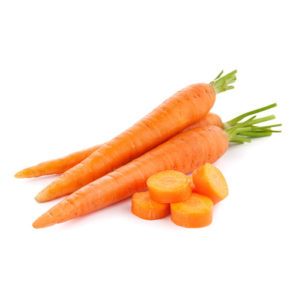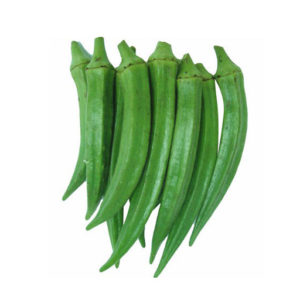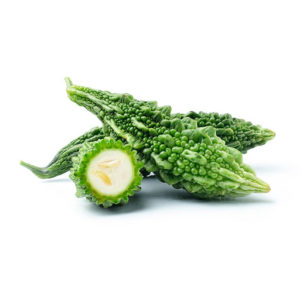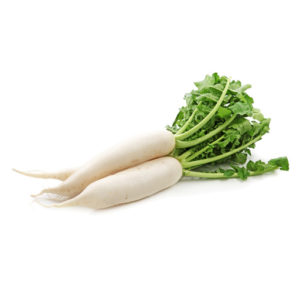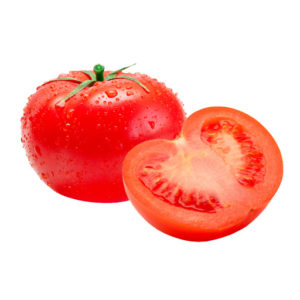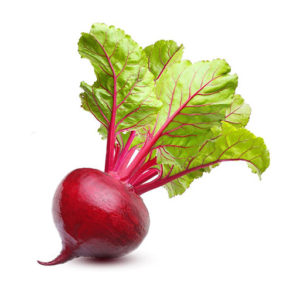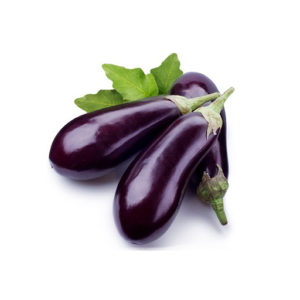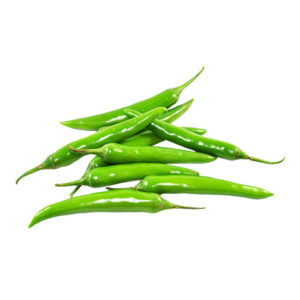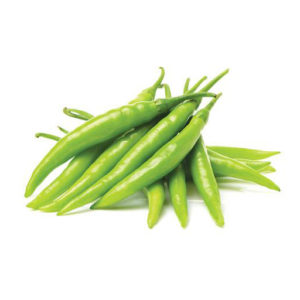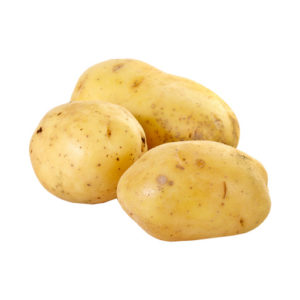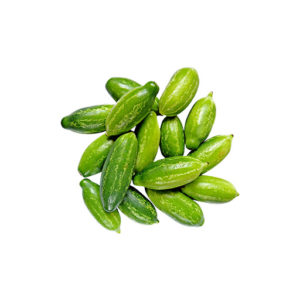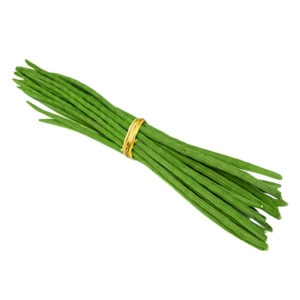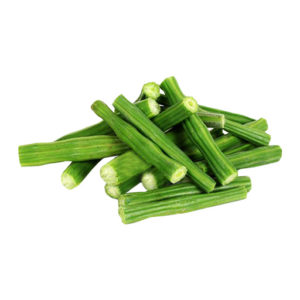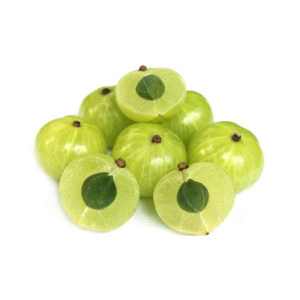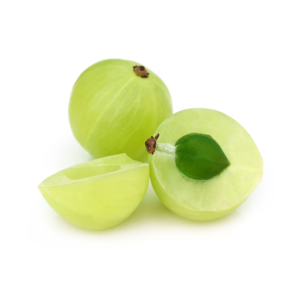FRESH VEGETABLES
-
Carrot
Carrot, (Daucus carota), herbaceous, generally biennial plant of the Apiaceae family that produces an edible taproot. Among common varieties root shapes range from globular to long, with lower ends blunt to pointed. Besides the orange-coloured roots, white-, yellow-, and purple-fleshed varieties are known.
-
Onion
The onion is an edible bulb. While it is a vegetable at heart, it also acts as a spice inasmuch as it can provide an aromatic undertone to various meat and vegetable dishes, without being a major ingredient. The characteristic appearance is well known, but there are many variations of colour, shape and size.
-
Ladies finger
Ladies finger is a very popular vegetable grown in India. Commonly known as Bhindi, it thrives well in summer. The flowers of the plant are extremely beautiful and brighten the garden when in full bloom. One main reason why many farmers prefer growing okra is that the plant needs very little maintenance and when one pod is harvested another one grows in its place.
-
Bitter Gourd
Bitter melon (Momordica charantia ) is a tropical plant that grows in Asia, Africa, the Caribbean, and South America. It is also known as balsam pear. This annual of the Cucurbitaceae family is a thin, climbing vine with long, stalked leaves that flowers in July or August. The plant bears a long, cucumber-shaped fruit that hangs like a pendulum, with small bumps all over it.
-
Radish
Radish is one of the nutritious root vegetables featured in both raw salads as well as in main recipes. This widely used root vegetable belongs to the family of Brassica. In Chinese culture, radish along with cabbage and soybean curd (tofu) believed as healthy and sustenance food items. A popular Chinese proverb goes like this, “eating pungent radish and drinking hot tea, let the starved doctors beg on their knees.”
-
Tomato
Tomato, is today the most popular garden vegetable in America. For many years, however, tomatoes (then called “love apples”) were considered poisonous and were grown solely for their ornamental value. Tomatoes are usually easy to grow and a few plants provide an adequate harvest for most families.
-
Beet root
Beta vulgaris, the beet or beetroot, is an annual or biennial herbaceous plant in the Amaranthaceae, the amaranth family (formerly placed in Chenopodiaceae, the goosefoot or spinach family), which originated in southern Europe and western Asia, and has been developed into three distinct varieties specialized for different edible parts of the plant:
-
Brinjal
Brinjal is a rather small plant that grows up to 1.5 m. Brinjal is classified as a herb because of its non-woody stem. Its simple leaves are oblong to oval, slightly lobed, with its underside a paler green than the upper surface. Both leaves and stem are covered with fine hairs.
-
Green chilli
Chillies are the life and soul of a hearty Indian meal. You don’t necessarily have to overdo it until smoke comes out of your ears, but without a touch of chilli, dishes seem incomplete. We can’t think of Indian cooking without a dash of green chillies. Slit, sliced, chopped or diced, we just have to add a few green chillies to add that tang to our food. A green chilli is an important star in Indian cooking. This spice is grown throughout the year and so there is no scarcity and a good quantity is exported. Chillies are used with or without stalks. Green chillies are available fresh, dried, powdered, flaked, in oil, in sauce, bottled and pickled. It spices up a bland meal.
-
Potato
Potato is a starchy root vegetable of Central American origin. This humble tuber is one of the most widely grown root crops, and one of the cheapest staple food ingredients consumed all over the world. Botanically, it belongs to perennial subspecies of Solanum tuberosum, in the Solanaceae family.
-
Ivy Gourd
Coccinia grandis, the ivy gourd, also referred to as baby watermelon, little gourd, gentleman’s toes or even gherkin is actually an exotic vine belonging to the family Cucurbitaceae, in the genus Coccinia Wight & Arn. Other Common Names of Ivy includes Kowai fruit, Small Gourd, Scarlet-Fruited Gourd, Scarlet Gourd, Kovakka, little gourd, tonde Kai, Cephalandra indica, and Tindora.
-
Drumstick
The drumstick is an extremely well-known veggie, cultivated in several regions of India. It’s got excellent therapeutic values and high nutrition content. The drumstick is popular, mostly because of its gentle and sensitive pods. It’s got numerous extraordinary benefits, like being an anti-bacterial and detoxifier.
-
Gooseberry
Gooseberries are deciduous shrubs, fast growing under optimum conditions to 3 feet tall and 6 feet wide. The plant is suitable for training as a standard. American types have weeping stems that will root wherever they touch the ground and can be invasive. Annual growth is in a single flush in spring. The roots are superficial, fine and easily damaged by frequent cultivation.


